
Exploring the New Frontier in a BIG Way
The 2016 CallisonRTKL Design Conference took place September 19-22 in New York City. “Excelsior”—New York’s state motto, which means “ever upwards”—was the theme of this year’s event, which brought together 18 up-and-coming designers from each of the firm’s global offices for two days of professional development, team-building and design inspiration. This post is the second in a series of reflections from some of this year’s attendees on their experiences.
CallisonRTKL’s 2016 Design Conference was jam-packed with activities, but the presentation by Kai-Uwe Bergmann of Bjarke Ingels Group was one of the undisputed highlights. He delivered an engaging presentation on some of BIG’s latest and most impactful designs, including the Rebuild by Design competition and The Big U, which protects lower Manhattan from sea level rise, 2 World Trade Center and the amazing ski slope-incinerator hybrid known as Amagerforbraending in Copenhagen.
Sustainability, cultural and historical context and end user needs are at the heart of each of these projects, but what impressed me most was their innovative use of technology to take their projects beyond the brief to the next level.

| Source: www.popupcity.net |
As a techno-maniac, I was especially interested in BIG’s work with Audi on the Urban Future initiative, which focuses on the possibilities for the future of urban mobility. The project was presented at Design Miami in 2011 and captivated its audience with a 185-square meter digital “paving” made of LED installation and tracked by 3D cameras to document real-time movement.
As the centerpiece on the interactive digital paving, the AUDI A2 driverless concept car emits continuous arrow signals indicating its future path as it navigated between the attendees. By facilitating a conversation between the digital paving and the driverless car, Urban Future liberates the streets from existing pedestrian and vehicular boundaries and allows for greater flexibility in public spaces.

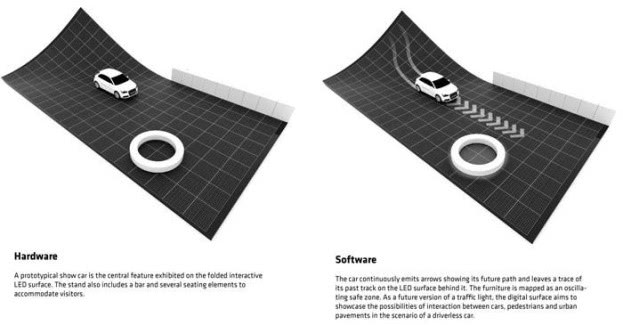
| Source: http://static.gooood.hk/ |
This application of digital hardware and software is an example of how Artificial Intelligence (AI) can be used to dramatically change interaction with our environment. AI isn’t just for tech fanatics—it’s all around us, and its capabilities continue to advance.
Case in point: earlier this year, the Google AlphaGo computer victory over Go grandmaster Lee Sedol shocked audiences, winning a game that is largely based on human reaction and intuition and proving that machines can make decisions based on knowledge “learned” through extensive training.
So what will AI hold for us in the future? The possibilities are profoundly immense.
Expediting and Optimizing Design
As architects become increasingly adept at code and programming, software like Revit, Ecotect and Grasshopper open up new opportunities to improve the built environment. These programs can assist with optimizing spatial layout, simulating solar shading and energy gains/loss and designing a parametric building façade to meet our demands—all we need to do is input a few key parameters.
These programs have dramatically increased efficiency in the architecture and design field, freeing us from the burden of diurnal labor and repetitive work. Take this example of a canopy modeled in Grasshopper—its geometry is grand and complex and almost impossible to subdivide manually. Tweak some of the key parameters, and an algorithm based on a system of rules around offset, rotation and scaling and arithmetic sequences takes care of the rest.
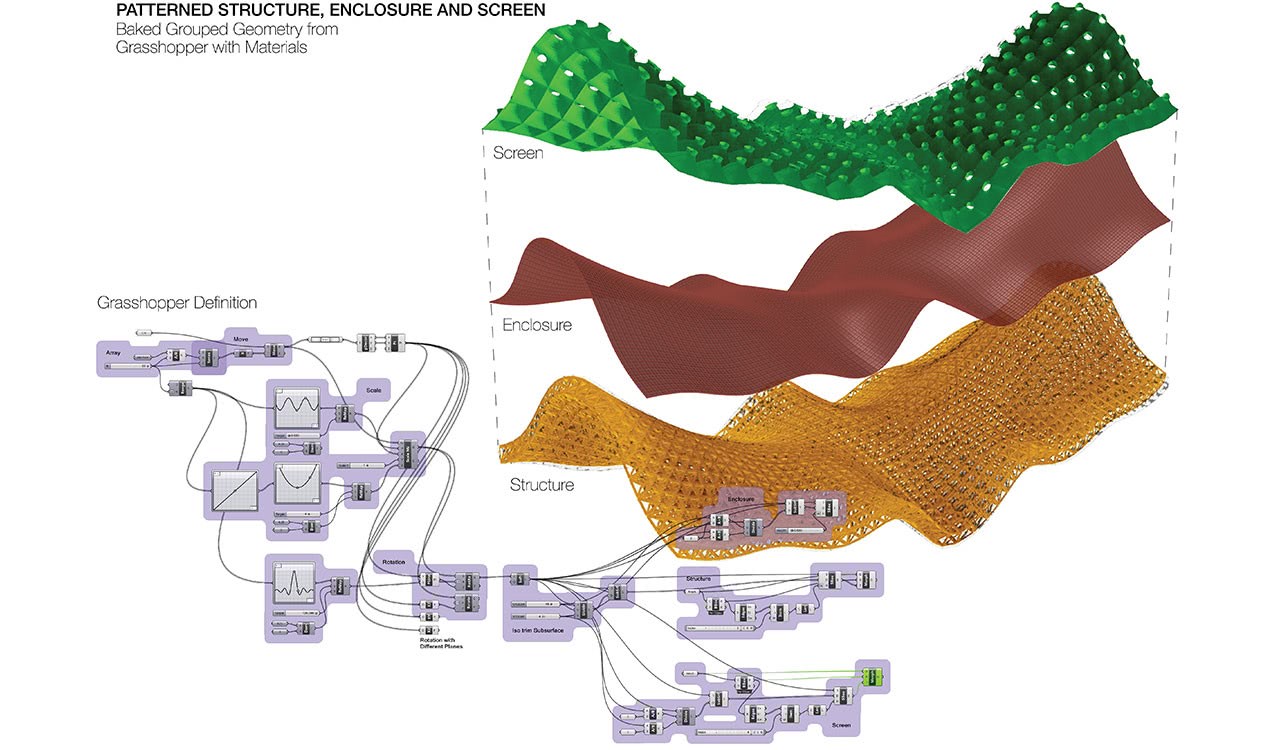
| Source: www.ankitdarda.com |
Given that design is essentially a series of decision-making processes based on learned experience, there is great potential in AI to push the boundaries even further. While AI’s application in the architecture industry is only at a primitive stage, offering no more than coding and complex algorithms, it’s easy to see the potential when machines can start to adapt the intuition and emotions of their human counterparts.
The Kit of Parts: Assembly and Production
Today, manufacturers can feed basic CAD drawings into a massive 3D printer that is able to fabricate the structure piece-by-piece using a specially formulated, patented “ink” composed of construction waste like concrete, fiberglass or sand combined with a special hardening agent. For this example of a six-story tall building 3D printed by Winsun, this method saved an incredible 60 percent on materials and achieved a time span equating to just 30 percent of that of traditional construction.
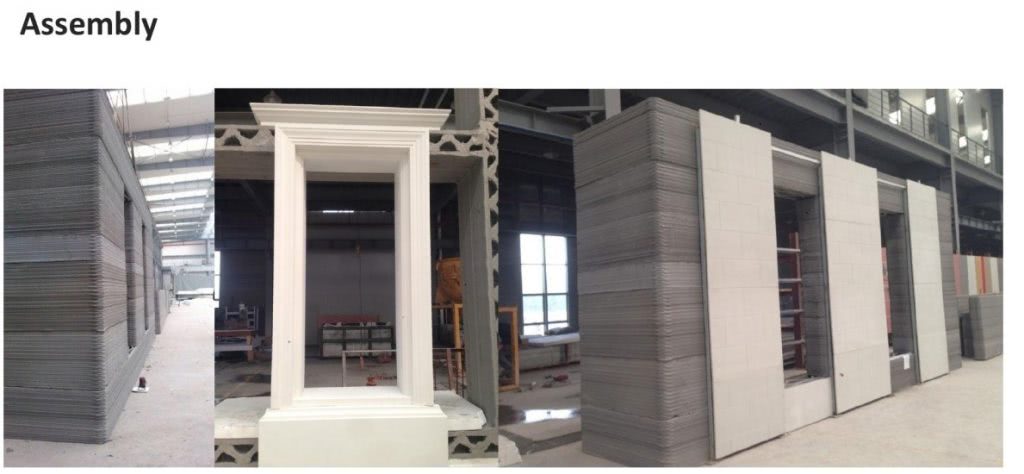
| Source: 3Dprint.com |
Display and Sales
Virtual Reality is becoming increasingly popular as a tool for visualizing designs before they are complete—a relationship with potential to totally change the game when it comes to rapid prototyping and tweaking our designs. For clients and developers, we no longer need to spend time and energy building a complex mock-up for display; instead, they can simply pop on a pair of VR headset to preview the building. This technology also enables them to collect consumer feedback to inform their sales strategies.
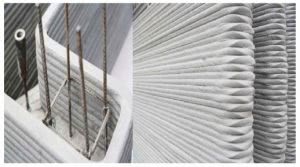

| Source: 3Dprint.com |
Transportation and Delivery
Driverless cars and flying drones are all the rage these days and are getting closer and closer to shaping a new reality. This is another example of how AI can have a drastic impact on day-to-day life and mundane, yet hugely impactful, activities like driving and delivery. E-commercial giants like Taobao and Amazon are actively testing drone delivery as a method for further expediting their delivery offerings in the retail space.
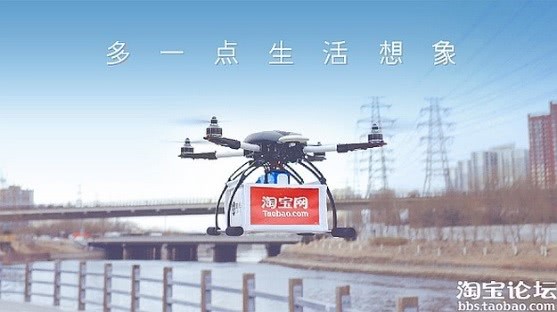
| Source: www.geek.com |
Whether we’re conscious of it or not, AI is the invisible driving force propelling change and shaping our future. The day when you can log onto a website, design and customize your dream house with the help of a VR headset and have the 3D-printed home sent to you on a drone via second-day delivery may not be all that far away. We just have to think BIG.
